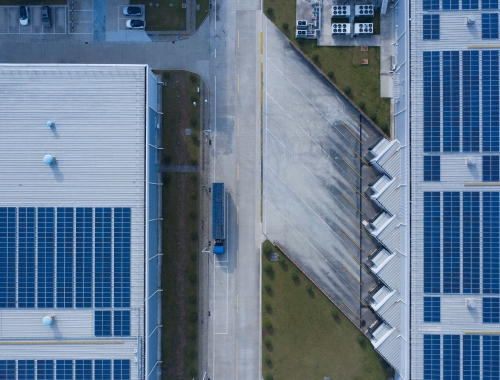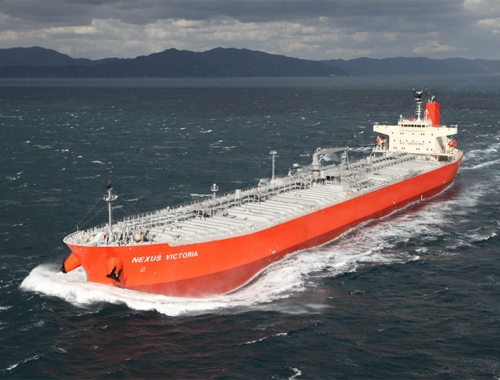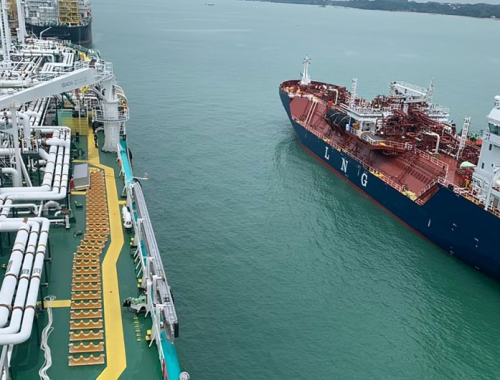UK firm bets on liquid hydrogen in shipping
SUMMARY
Unitrove plans to showcase its liquid hydrogen technology at the UN COP26 conference in Glasgow in November.
By Joseph MurphyHydrogen has been touted as one of the fuels of the future in shipping, helping the sector, responsible for 710mn metric tons of CO2 emissions in 2019, decarbonise. But while much of the focus of investors and developers has been on compressed hydrogen, UK-based Unitrove is advocating for the use of liquid hydrogen, its CEO Steven Lua tells Gas Pathways.
Unitrove plans to showcase its liquid hydrogen technology at the upcoming UN COP26 conference in Glasgow in November, and aims to deliver the world’s first liquid hydrogen bunkering facility. While compressed hydrogen and batteries can help decarbonise lighter duty vessels, Lua sees liquid hydrogen as better suited for tackling emissions from the heavier end of the shipping industry.
Liquefying hydrogen is not without its challenges – the fuel must be kept at minus 253oC, which is only 20 degrees above absolute zero and 100 oC below the temperature necessary to keep natural gas in liquid form. But there are also advantages. For one, the higher density of liquid hydrogen cuts down on storage space, making it suitable for larger ships going greater distances.
The added technical challenge helps explain why liquid hydrogen has been overlooked in comparison to compressed hydrogen as a shipping fuel, Lua says.
“Compressed gas is more accessible for those in the industry that have experience with gases,” he says. “Handling a cryogenic liquid is a lot more challenging for companies without that understanding.”
This said, liquid hydrogen technology is hardly new. It has been used for decades, but only in fringe industries such as space rocket propulsion and in semiconductor production. So while the technology is mature, “there are very few players today that are able to produce liquid hydrogen, because there has never been need for large quantities,” Lua says. “But that’s got to change if we’re talking about moving forward to a net-zero future by 2050, and as we start to see pathways into planes, trains and what we’re focusing on, ships.”
Unitrove already has experience in LNG that it can bring to bear. It was behind the development of the UK’s first LNG bunkering facility in Teesport in May 2015. The facility is small-sized, and is mobile. ISO containers loaded with LNG are delivered to the unit and then transferred to a ship. Once the transfer is complete, the containers are removed. This means there is no permanent storage of flammable products at the port side, Lua explains, and this means there are fewer permitting issues and other regulatory requirements.
Unitrove wants to do the same with liquid hydrogen – developing a small-sized and mobile bunkering unit that can be supplied with liquid hydrogen containers. Unitrove has received interest from ports and potential investors for the project. While the company has not yet determined who the end users for the facility will be, momentum for liquid hydrogen as a shipping fuel growing, he says, pointing to the delivery of the world’s first liquid hydrogen-powered ferry to Norway earlier this year.
Asked to comment on the wider debate about what lower-carbon fuels will become widespread, Lua says the focus should be on “enabling possibilities” rather than focusing on particular technologies. Acknowledging the growth in LNG bunkering in recent years, he says that LNG standards and regulations can be used as a starting point for developing rules for liquid hydrogen.
The UK government recently published a long-awaited strategy on hydrogen development in August, although there is still significant work to be done in establishing fiscal terms and a business model for the fuel. The strategy is notably technology agnostic, favouring both green and blue hydrogen as tools for decarbonising hard-to-abate industries. Eliminating emissions should be the focus, rather than on which methods are used to achieve this goal, Lua says.








